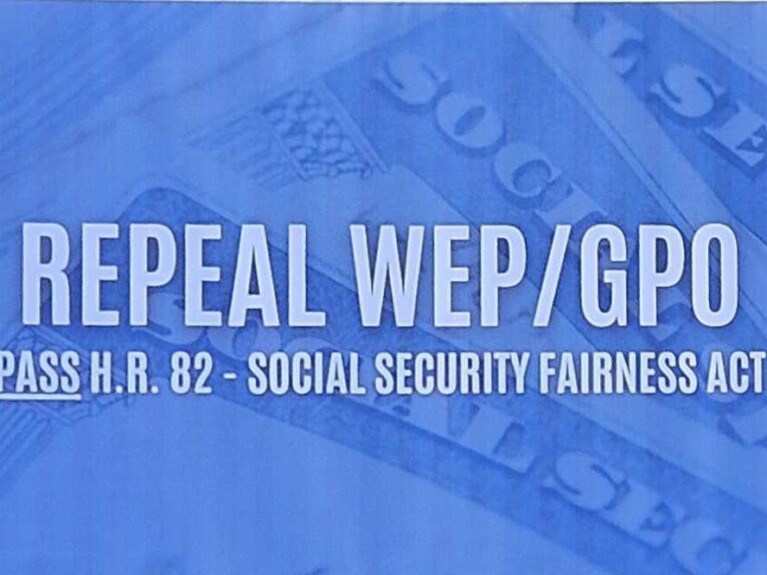NARFE Pushes For Social Security Fairness, Supports New Legislation to Reform Windfall Elimination Provision
Alexandria, VA – In response to Rep. Kevin Brady, R-TX, introducing the Equal Treatment of Public Servants Act, legislation that would provide much-needed relief to civil servants financially punished by the Windfall Elimination Provision (WEP), NARFE National President Ken Thomas issued the following statement:
“By depriving dedicated public servants of full Social Security benefits that they rightfully earned through contributions to the Social Security system, the Windfall Elimination Provision is simply unfair. With low-earning households disproportionally affected by larger benefit reductions, the federal community experiences significant financial loss due to the WEP.
“While NARFE’s ultimate goal is for Congress to fully repeal the WEP, reform efforts such as the Equal Treatment of Public Servants Act are a good first step toward correcting this discriminatory provision. We commend Rep. Brady for tackling this important issue and seeking to right a longtime wrong for millions of Social Security beneficiaries.”
Individuals currently affected by WEP could lose up to $463 per month in earned benefits. The Equal Treatment of Public Servants Act seeks to replace the WEP with a formula that equalizes benefits for certain individuals with non-covered employment. The bill would provide WEP-affected individuals age 60 and older with a monthly rebate of $100 ($50 for surviving spouses). For WEP-affected individuals currently under age 20, the bill would change how the WEP is calculated. For those between age 21 and 59, the individual’s WEP penalty would be calculated either using the current formula or the new one created by the bill, whichever is more beneficial.
Who is affected by WEP?
WEP reduces the Social Security benefits of local, state and federal retirees who worked in Social Security-covered employment (e.g., private-sector jobs) and who also receive a government annuity from their non-Social Security covered government employment.
According to the Congressional Research Service, as of December 2017, the WEP affects 1,804,095 beneficiaries, including 1,687,542 retired workers; 13,981 workers with disabilities; and 102,572 spouses and children.
Why are they affected?
Due to an arbitrary decades-old compromise, federal retirees who began their federal employment prior to 1983 and are covered by the Civil Service Retirement System (CSRS) pay a 7 percent payroll contribution toward their CSRS retirement annuities. They do not pay a 6.2 percent payroll tax toward Social Security, and, therefore, do not earn any Social Security benefits based on their federal work.
How are they affected?
Normally, Social Security benefits are calculated using a formula in which an individual’s average indexed monthly earnings (AIME) are multiplied by three progressive factors – 90 percent, 32 percent and 15 percent – at different levels of AIME, resulting in a primary insurance amount (PIA) that becomes the basic monthly benefit.
Under the WEP, the 90 percent factor is reduced to as low as 40 percent. For 2019, this results in a monthly benefit that is $463 lower than the regular benefit formula.
# # #
The National Active and Retired Federal Employees Association (NARFE), one of America’s oldest and largest associations, was founded in 1921 with the mission of protecting the earned rights and benefits of America’s active and retired federal workers. The largest federal employee/retiree organization, NARFE represents the interests of 5 million current and future federal annuitants, spouses and survivors.
CONTACT:
Jill Talley
NARFE Director of Public Relations
jtalley@narfe.org
(703)838-7760


